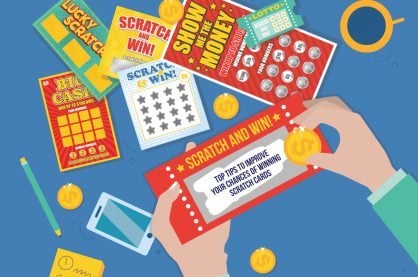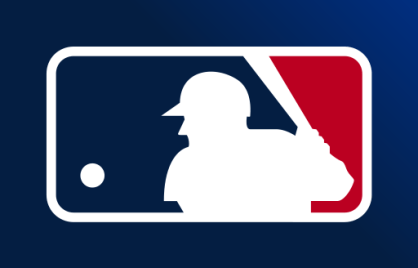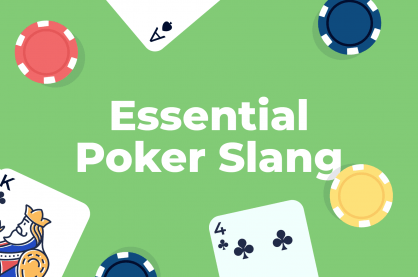Understanding the Math behind Advantage Play in Blackjack
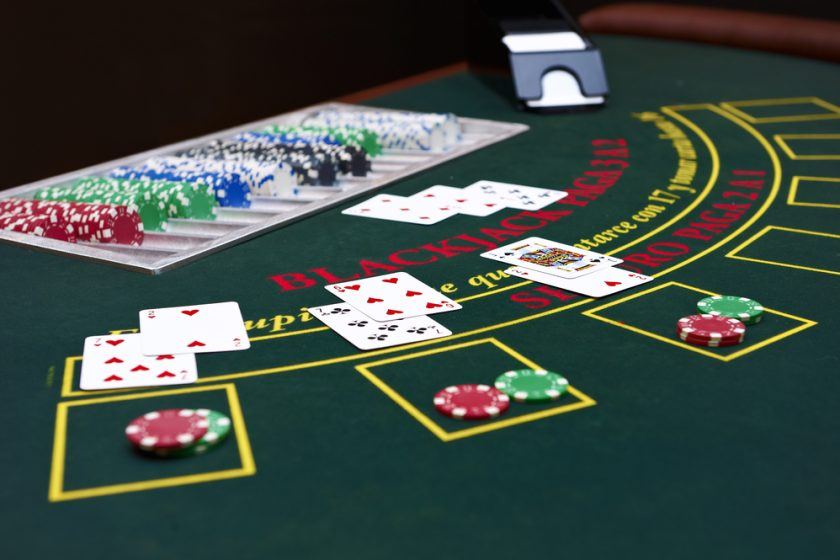
Advantage Play in Blackjack: What You Need to Know
- Precise Decision-Making: Advantage Play in blackjack entails making calculated choices on when to hit, stand, split, double down, and draw cards based on the probabilities of winning.
- Strategic Discipline: Discipline is key to executing Advantage Play effectively, maintaining focus, sticking to the established rules, and avoiding impulsive decisions.
- In-Depth Knowledge: A thorough understanding of blackjack rules, odds calculations, and card counting techniques is essential to successfully implementing Advantage Play strategies.
- Maximizing Edge: By utilizing Advantage Play methods, players aim to maximize their edge over the house and increase their chances of winning in the long run.
- Continuous Learning: Ongoing learning and refinement of skills are crucial for players practicing Advantage Play, as staying updated on strategies and adapting to changing game dynamics can lead to sustained success.
What is Advantage Play in Blackjack?
Advantage play is a set of rules for hitting and sanding and splitting and doubling-down and drawing cards in the game of casino Blackjack, along with the required discipline and knowledge which applies to this.
When performed correctly, and under at least the majority of favorable game rules as offered in casinos, and online Blackjack games, advantage play can yield a Player-Positive Expected Value (PPEV) which can change the game from a Negative Expected Value (NEV) game to a PPEV game.
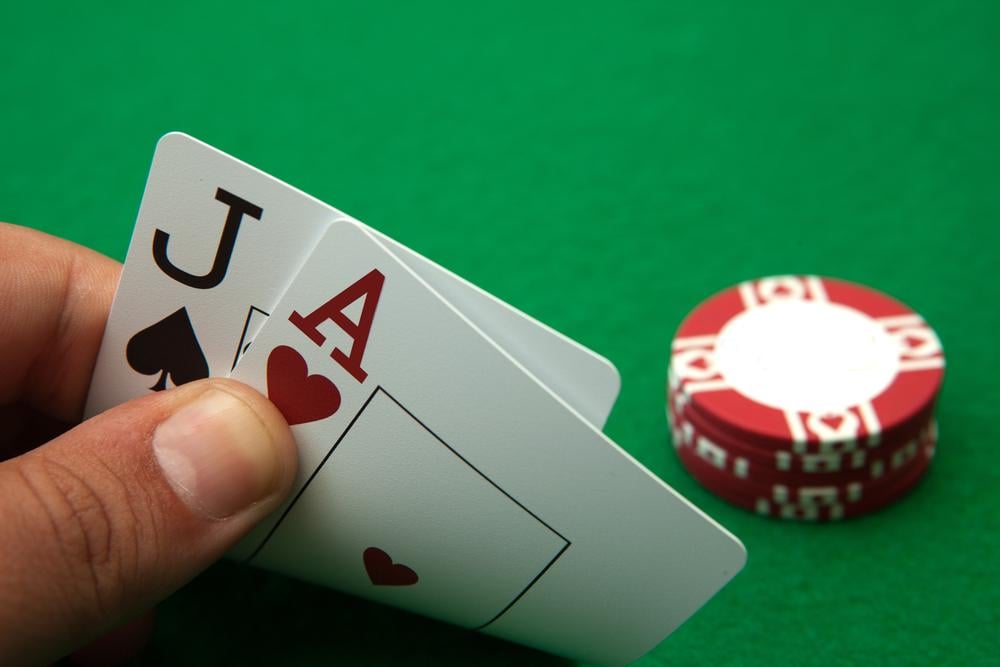
Image credit: StockStudio Aerials/Shutterstock
What Does This Mean?
Correctly applying PPEV advantage play in casino Blackjack will allow the player to change the house advantage into a player’s advantage.
For example: standard casino Blackjack has a theoretical house edge – based on play with perfect basic strategy – of about 0.54%.
So, this means that Blackjack is, theoretically, a Minus 0.54% NEV – Negative Expected Value game: -0.54%.
BUT – players who can correctly apply PPEV advantage play can turn this NEV Blackjack game into as much as a Plus 1.7% game for the Player. Meaning a PPEV of +1.7%. And sometimes even better than that.
It all depends on a number of factors, and so these sample percentages do vary considerably, based on the player’s skills, as well as the kind of game being played, and it’s various house and casino rules, and so on.
All of which tend to be quite different in different casinos, and even games within the same casino, and as well as online.
Understanding Blackjack Math
Blackjack, also known as 21, has been a staple of casinos worldwide for decades. Its popularity stems from seemingly simple rules, fast-paced gameplay, and the tantalizing possibility of beating the house.
Unlike many casino games where the odds are firmly stacked against the player, blackjack offers a unique opportunity for skilled players to gain an advantage through strategic play and mathematical understanding.
Basic Rules of Blackjack
Before delving into the math, it’s important to understand the basic blackjack rules. In blackjack, players compete against the dealer, not each other. Each player is dealt two cards face up, while the dealer has one card face up and one card face down.
Players can then choose to “hit” (take another card) or “stand” (keep their current hand). The goal is to have a hand value closer to 21 without going over, or “busting,” while at the same time still beating the dealer’s final hand total.
Winning the Hand in Blackjack
While making exactly 21 is ideal, it’s not always necessary to win. The key is to have a higher hand value than the dealer without busting. This is where the math begins to play a crucial role in decision-making.
Blackjack Probability Fundamentals: Calculating the Odds of Winning
The probability of winning in blackjack is not fixed like in many other casino games. It varies based on the cards dealt and the decisions made by both the player and the dealer.
In a standard game with a single deck, the house edge is typically around 0.54% when players use perfect basic strategy. However, this can change dramatically based on the number of decks used and specific rule variations.
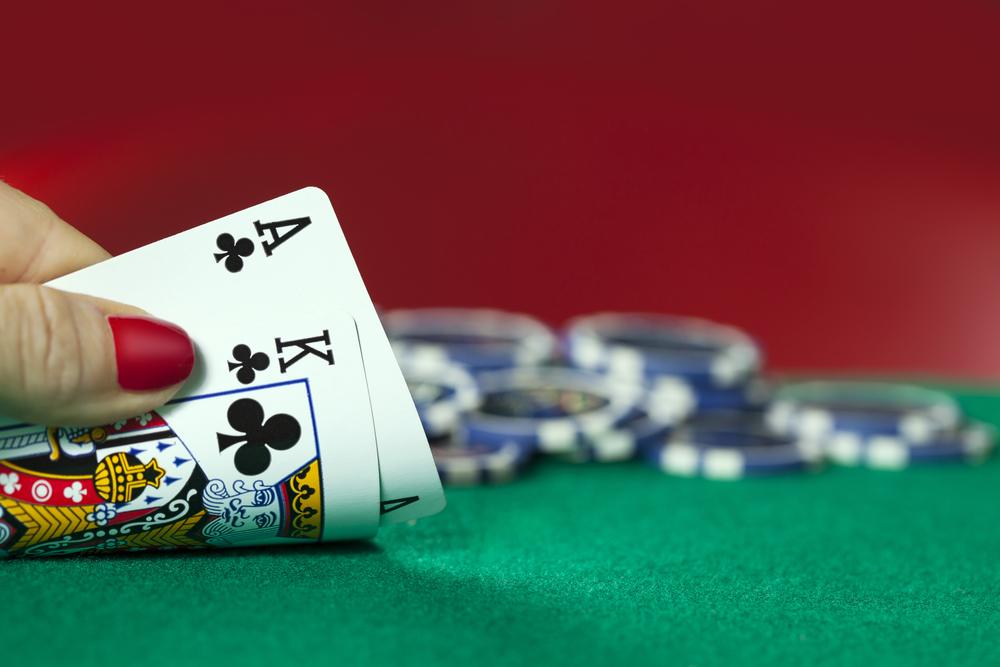
Image credit: Kraevski Vitaly/Shutterstock
Key Probabilities: Busting, Standing, and Drawing
Understanding the probabilities of busting, improving your hand, or the dealer busting is crucial for making informed decisions. For example:
- The probability of busting when your hand totals 12 is about 31%
- The probability of improving your hand when hitting on 16 is about 69%
- The probability of the dealer busting when showing a 6 is about 42%
These probabilities form the foundation of basic blackjack strategy and more advanced play.
True Odds of Blackjack Explained
The true odds in blackjack are dynamic, changing with every card dealt. This is why card counting can be effective, because it allows players to adjust their bets and playing strategy based on the changing composition of the deck.
For instance, a deck rich in ten-value cards and aces is favorable to the player, while a deck depleted of these cards favors the house.
Mathematical Strategies in Blackjack: The Concept of Card Counting
Card counting is perhaps the most famous advantage play technique in blackjack. At its core, it’s a simple concept: keep track of the high and low cards that have been played to estimate the composition of the remaining deck.
The most basic system, the Hi-Lo count, assigns a value of +1 to low cards (2-6), 0 to neutral cards (7-9), and -1 to high cards (10, Jack, Queen, King, and Ace).
By maintaining a running count and converting it to a true count (running count divided by the number of decks remaining), a player can adjust their bets and playing decisions to maximize their advantage.
Understanding the 17 Rule in Blackjack
The dealer’s 17 rule is a crucial aspect of blackjack math. In most casinos, dealers must hit on 16 and stand on 17.
Some casinos require dealers to hit on Soft 17 (an Ace and a 6), which slightly increases the house edge. Understanding these rules and their impact on probabilities is essential for optimal play.
Strategy Charts and Their Use
Basic strategy charts are the result of computer simulations running millions of hands to determine the mathematically optimal play for every possible player hand against every possible dealer upcard.
These charts take into account the probabilities of improving your hand, the dealer busting, and the likelihood of winning with different final totals.
Memorizing and using basic strategy can reduce the house edge to less than 1% in most game variations. Advanced players may deviate from basic strategy based on their count and the specific situation.
Are Blackjack Dealers Skilled in Math?
While dealers don’t need to be math experts, they do need to be proficient in basic arithmetic to quickly calculate hand totals and payouts.
However, the real mathematical skill in blackjack lies with the players who use probability and statistics to make informed decisions.
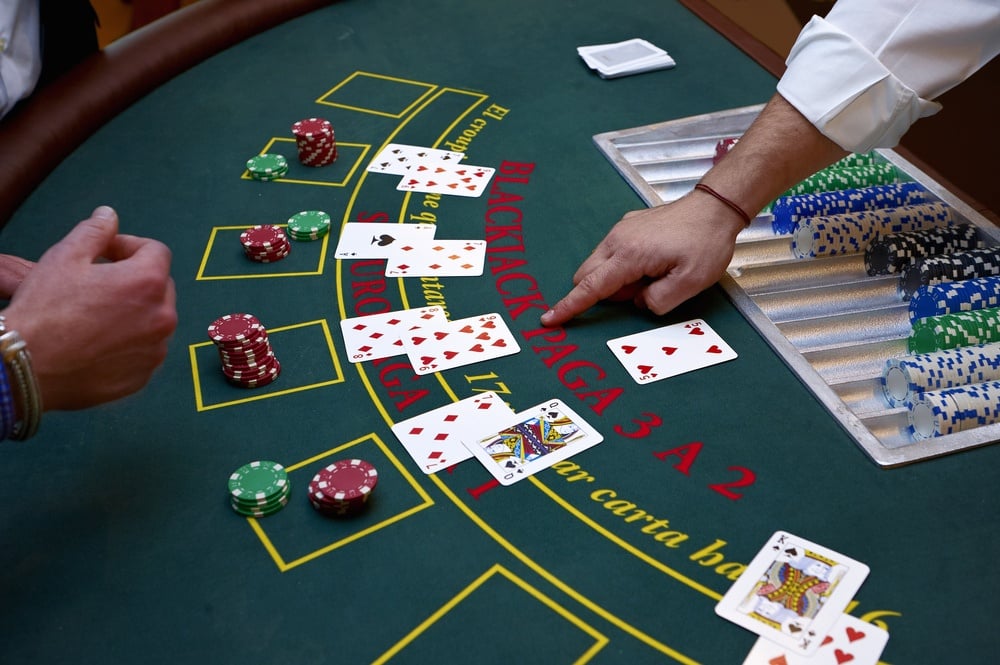
Image credit: Kitreel/Shutterstock
How the Dealers’ Hand Influences Game Dynamics
The dealer’s upcard is a crucial piece of information for players. It allows players to estimate the probability of the dealer busting or achieving different final totals.
For example, a dealer showing a 6 is more likely to bust than a dealer showing a 10, which influences player decisions on whether to hit, stand, double down, or split.
Dealing with Multiple Decks
Most modern casinos use multiple decks to make card counting more difficult. This changes the probabilities slightly and requires adjustments to basic strategy and counting techniques.
For instance, the probability of getting a blackjack decreases slightly as more decks are used, from about 4.8% with a single deck to 4.7% with six decks.
Outsmarting the Casino: Key Methods
Beyond basic card counting, advanced players may use techniques like shuffle tracking, ace sequencing, or hole carding to gain an edge. These methods require keen observation and quick mental calculations to exploit small advantages.
Shuffle tracking involves keeping track of clumps of favorable or unfavorable cards through the shuffle to predict when they will appear in the next shoe.
This is why most blackjack games today use shuffling machines instead of a human dealer-shuffle. Ace sequencing focuses specifically on tracking aces, while hole carding involves glimpsing the dealer’s hole card during sloppy dealing.
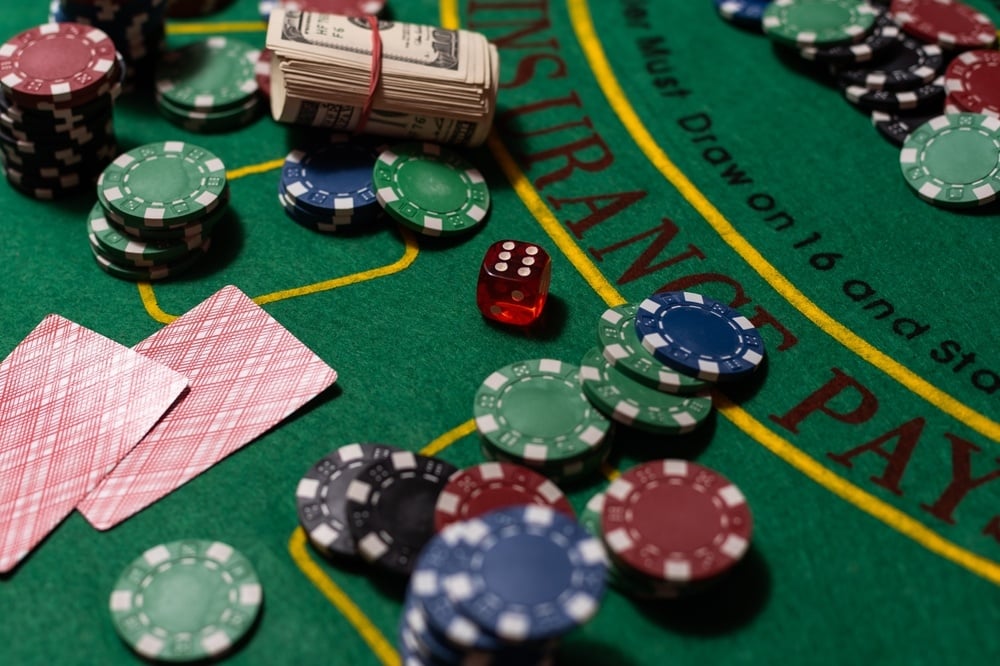
Image credit: Fresnel/Shutterstock
Theory of Streaks in Blackjack Strategy
While many players believe in hot and cold streaks, mathematically, each hand in blackjack is an independent event. However, the composition of the deck does change as cards are dealt, which can lead to periods which are either more – or less – favorable to the player.
This is why bet variation based on the count is a key component of advantage play, and why blackjack games dealt from the hand or a shoe with a pre-shuffled slug, are considered as “dependent” games.
Software Tools and Resources for Practice
Numerous software tools and online resources are available for players looking to improve their blackjack skills. These range from basic strategy trainers to advanced card counting simulators.
Many of these tools allow players to customize game rules and practice under various conditions to hone their skills without risking real money.
Common Queries and Misconceptions and Mathematical Formulae for Blackjack
While there’s no single “formula” for winning at blackjack, the game is governed by well-understood probability theory.
The basic strategy charts mentioned earlier are essentially the distillation of complex mathematical models into actionable decisions for players.
Debunking Myths Around Card Counting
Despite its portrayal in popular media, card counting is NOT illegal (though casinos may ban players they suspect of counting). It also doesn’t require superhuman memory or mathematical ability. With practice, many people can learn to count cards effectively.
However, it does require discipline, bankroll management, and the ability to vary bets without attracting unwanted attention.
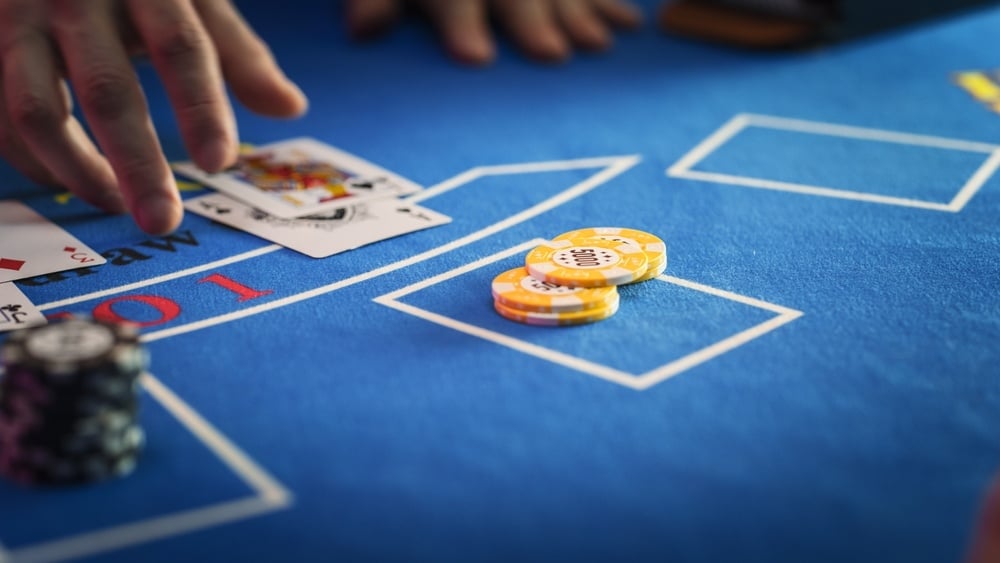
Image credit: Kitreel/Shutterstock
FAQs About Blackjack Math
Q: Is card counting guaranteed to make me money?
A: While card counting can give players an edge over the long run, it doesn’t guarantee short-term profits. Variance still plays a significant role, and proper bankroll management is crucial.
Q: How much can I expect to win using perfect basic strategy?
A: Using perfect basic strategy can reduce the house edge to less than 1% in most games, but the house still has a slight advantage. Over the long run, a player using only basic strategy should expect to lose slightly less than 1% of their total action.
Q: Does the number of players at the table affect my odds?
A: The number of other players at the table doesn’t significantly affect your odds of winning any individual hand. However, it does affect the number of hands you’ll see per hour, which can impact your overall exposure to the house edge.
Making Blackjack Math Work for You
Understanding the math behind blackjack is crucial for anyone looking to play the game seriously. While the basics of the game are simple, the underlying mathematics is complex and fascinating.
By mastering basic strategy, understanding probabilities, and potentially employing advanced techniques like card counting, players can minimize the house edge and potentially gain an advantage in one of the most popular casino games in the world.
But remember that while these mathematical principles can improve your play, gambling should always be done responsibly and within one’s means.
The house always has an edge in the long run, and no strategy can guarantee consistent winnings. Blackjack, like all casino games, should be viewed primarily as entertainment rather than a reliable source of income for the majority of players of the game.
Only a very few can actually play blackjack profitably enough to make a living at it – and, as the saying goes: “Gambling is a tough way to make an easy living.”
And now you know!
So until next time – Best of Luck to all!
